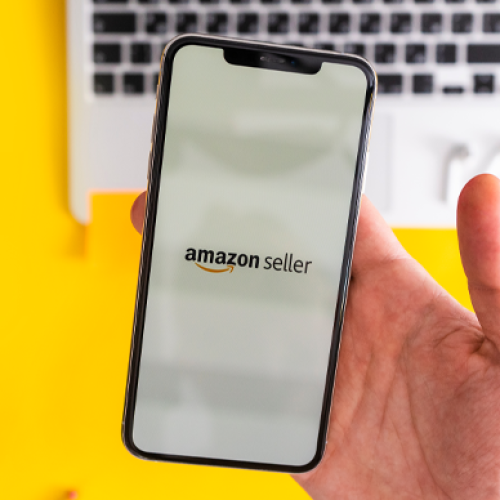Brand building is the process of creating and maintaining a strong, positive reputation and image for a company or product. It involves developing a consistent brand message and visual identity, and communicating it effectively to target audiences through various channels, such as advertising, social media, and public relations.
The goal of brand building is to establish a distinctive, memorable brand that resonates with consumers and differentiates the company or product from its competitors. A strong brand can drive customer loyalty, increase customer lifetime value, and make it easier to launch new products or expand into new markets.
Effective brand building requires a clear understanding of the target audience and the values and benefits that the brand stands for. It also involves consistent messaging and visual presentation across all touchpoints, including the company website, social media, advertising, and customer service.
Some common elements of brand building include:
- Developing a brand strategy and positioning statement that outlines the brand’s purpose, values, and target audience
- Creating a unique brand identity, including a logo, color palette, and typography
- Developing a brand voice and tone that reflects the brand’s personality and values
- Creating branded content, such as marketing materials, social media posts, and advertisements
Building relationships with customers, stakeholders, and influencers through customer service and public relations efforts - Monitoring and measuring the effectiveness of brand building efforts through metrics such as brand awareness, customer satisfaction, and loyalty.







